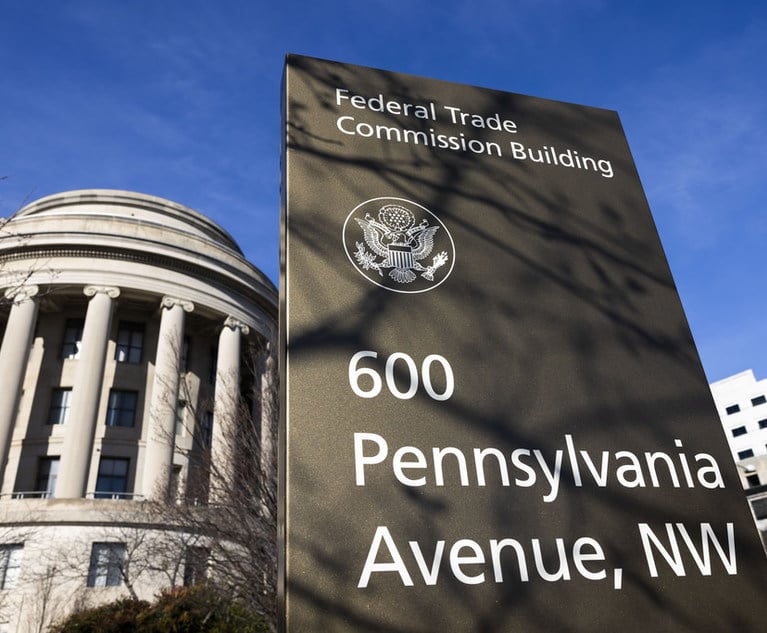In its April 24, 2019 decision in Lamps Plus v. Varela, 2019 WL 1780275, the U.S. Supreme Court held that the contra proferentem rule could not properly be applied to construe an ambiguous arbitration agreement to permit class arbitration. In doing so, it added to a series of (in most cases) 5-4 decisions making it harder for a party to bring an arbitration proceeding on behalf of a class.
The Rise and Fall of Class Arbitration
Before getting to the specifics of Lamps Plus, it is worth putting it in context. The starting point is the court’s plurality decision in Green Tree Financial v. Bazzle, 539 U.S. 444 (2003). While there were rare sightings of class arbitration in the United States prior to Bazzle, for a few years after that decision, it was all the rage. One striking aspect of Bazzle, in retrospect, is that the court took it as a given that class arbitration is consistent with the Federal Arbitration Act (FAA). Bazzle, in fact, addressed a narrow question: Given that class arbitration is permissible, who, as between a court and an arbitrator, has the authority to determine whether an arbitration clause permits class arbitration. Justice Stephen Breyer (whose opinion was joined by three other Justices) concluded that it is for an arbitrator to decide.


 John Fellas
John Fellas




